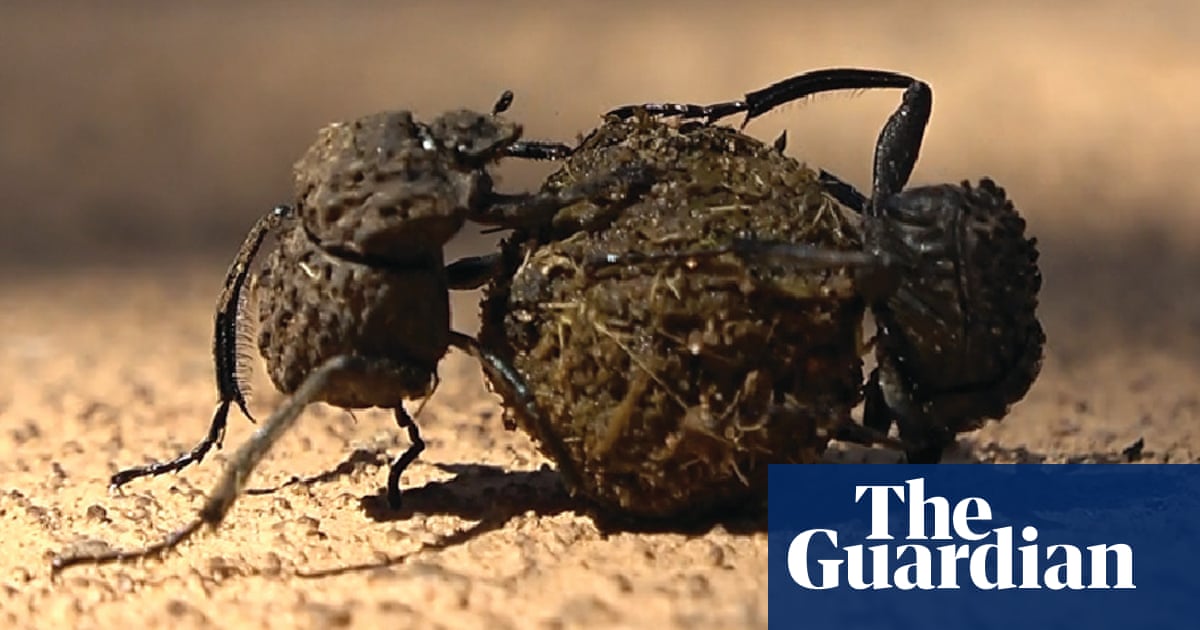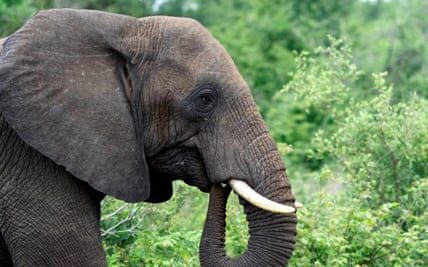Researchers have discovered that male and female dung beetles work together to roll balls.

At a certain point in the life of a dung beetle, their only chance of navigating an obstacle while keeping hold of their valuable ball is to find a partner capable of performing a successful headstand.
Researchers have observed that when dung beetles encounter obstacles in their path, they work together in pairs to overcome the challenge. The male beetle takes hold of the dung ball from above, while the female beetle uses her legs to push the ball off the ground in a headstand position.
The unusual, cooperative behaviour between spider dung beetles is believed to be a unique example of animals other than humans working together to move objects around without knowing their final destination.
Ants and social spiders work together to transport food and prey to their homes, knowing their destination and arrival time. However, dung beetles begin rolling dung balls with no knowledge of where they will end up.
Dr. Claudia Tocco, a researcher at Lund University in Sweden who specializes in animal behavior, explained that this is the first known species to exhibit this type of transportation coordination. Despite not knowing their destination, they are able to work together to move the object.
Tocco studied dung beetles in South Africa to understand the purpose of pairing-up. In certain types of dung beetles, females hitch a ride on dung balls or follow behind their male partners while they roll the balls.
The experimenter provided cow dung to dung beetles and observed their ability to roll balls through obstacles of varying heights, comparing the performance of individual beetles versus mating pairs. This species typically inhabits forest environments where they encounter frequent barriers in the form of vegetation and rocks. The beetles bury the balls for sustenance or for breeding purposes.
The study revealed that male beetles consistently assumed the duty of carrying dung balls by grasping them with their front legs while moving backwards. Meanwhile, females aided from the rear by walking backwards with their hind legs elevated on the ball.
On a level surface, pairs of beetles did not roll any faster than single males. However, when faced with obstacles, the couples were able to move ahead more quickly. When presented with walls up to 9cm in height, males began to climb and pull the ball up, while females worked to support the ball by standing on their heads and using their legs to push it off the ground. The females then clung onto the ball as the male pulled it up, exerting a force about 10 times their own body weight.
According to the scientists in the Proceedings of the Royal Society B, males occasionally secured themselves to walls using only one claw, and females consistently rescued them from falling when they lost their grip. The researchers also observed that pairs of beetles were quicker and more effective at navigating obstacles compared to solitary beetles, which would be highly advantageous in a forest setting.
However, even though it seems logical for beetles to work together, the method by which they coordinate their movements is still unknown. Tocco questioned, “How can a beetle with a brain smaller than a grain of rice communicate? And how do they collaborate to complete the task?” They are unaware of their destination.
Source: theguardian.com




